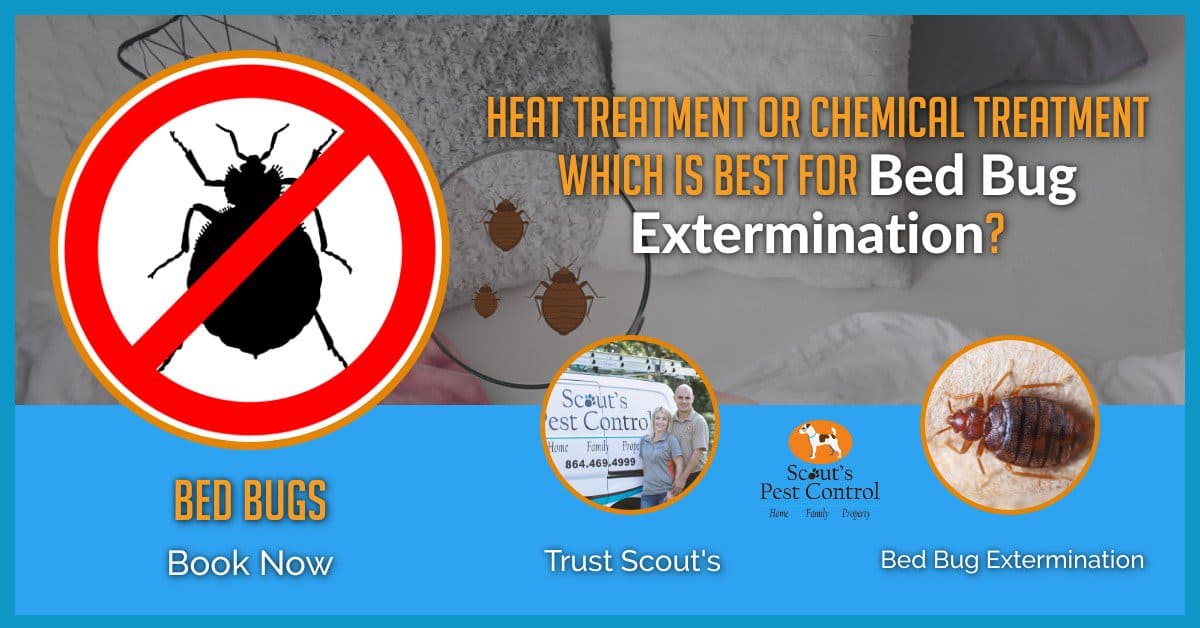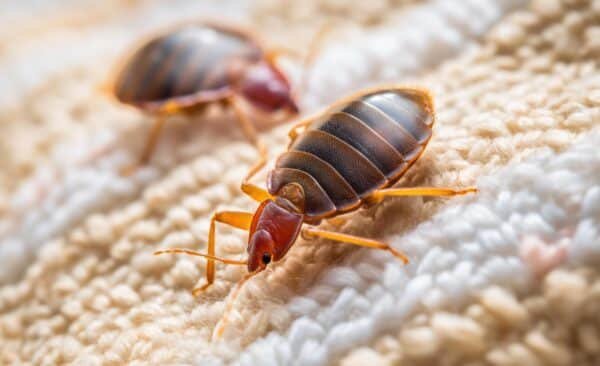Reliable Bed Pest Therapy Strategies: A Trick Part of Parasite Control
The renewal of bed insect problems has emphasized the necessity for reliable treatment methods within the pest control industry. These durable pests, capable of escaping conventional approaches, require a diverse approach that integrates both traditional and ingenious approaches.
Comprehending Bed Pest Behavior

Among the defining features of bed insects is their ability to replicate rapidly. A solitary female can lay hundreds of eggs in her life time, resulting in speedy population development if left untreated. Additionally, bed insects can make it through for a number of months without feeding, enabling them to sustain durations of host lack, which can impede prompt administration initiatives.

Standard Treatment Approaches
While contemporary methods to bed pest administration have gotten popularity, typical treatment methods stay foundational in addressing problems. These methods mostly include chemical therapies and physical interventions.
Chemical chemicals, such as pyrethroids and neonicotinoids, have been historically used to eliminate bed insects. These substances work by interfering with the nerves of the pests, bring about their eventual demise. Nonetheless, due to the growth of resistance among bed insect populaces, effectiveness can vary.
Physical methods, consisting of heat treatment, have actually also been part of typical strategies. This entails increasing the temperature of ravaged locations to a lethal level for bed insects, typically around 120 ° F(49 ° C) for sustained periods. This technique is specifically advantageous as it can penetrate different materials and does not leave chemical residues.
Moreover, detailed cleaning practices, such as vacuuming and washing infested bedding and clothes, are necessary in this strategy. Securing splits and holes, in addition to using mattress coverings, can also prevent bed insects from establishing themselves in living spaces. Collectively, these conventional techniques offer an essential structure for taking care of bed pest invasions successfully.
Modern Technologies in Treatment
The landscape of bed pest therapy has evolved significantly with the arrival of contemporary developments that enhance efficiency and efficiency in taking care of problems - Bed Bug Treatment. Among the most remarkable developments is the usage of warm therapy, which involves raising the temperature level of ravaged areas to degrees lethal to bed insects. This approach not only gets rid of adult insects but likewise targets eggs, hence disrupting their reproductive cycle
One more technology is the implementation of sophisticated monitoring systems, such as bed insect discovery dogs and state-of-the-art catches furnished with sensing units. These tools assist determine problems early, permitting timely treatment. Additionally, the advancement of insecticides with unique modes of action, made to conquer resistance, makes certain that insect control specialists have reliable options at their disposal.
Moreover, the integration of innovation in parasite control management, such as data analytics and mobile applications for monitoring and reporting invasions, simplifies the treatment procedure. These developments jointly add to more sustainable and efficient bed bug administration approaches, reflecting the market's ongoing commitment to improving parasite control outcomes. Consequently, both homeowner and pest administration specialists can come close to infestations with greater confidence and precision.
Preventative Procedures for Problems
Efficient avoidance approaches are vital in lessening the risk of bed insect infestations, with proactive measures playing a vital duty in guarding both property and industrial spaces. Among one of the most reliable techniques is regular evaluations of living and workspace, especially in position where individuals regularly gather, such as resorts and public transportation. Early detection can significantly lower the possibilities of an infestation coming to be established.

Another preventive measure involves the careful inspection of second-hand furnishings and apparel prior to bringing them right into your area. Utilizing protective encasements on bed mattress and box springs can additionally give a reliable obstacle against bed pests.
Last but not least, informing locals and employees concerning the indications of bed bug visibility, such as little blood discolorations or dark areas on sheets, empowers people to act swiftly if they suspect a problem, thus reducing the chance of extensive concerns.
(Bed Bug Spray)
When to Look For Expert Help
Identifying the indications of a bed bug problem early can make a considerable difference in taking care of the issue effectively. Tiny, brownish pests, together with rustic stains on bedding, are indicators that must Bed Bug Heat Treatment not be ignored. If these signs appear, it is vital to evaluate the extent of the circumstance.
Bed pests are infamously resistant, and their capacity to conceal in hard-to-reach areas makes complex therapy efforts. If you discover that bed insects come back regardless of duplicated efforts to eradicate them, it may be time to seek advice from a bug control specialist.
Last but not least, people with allergic reactions or respiratory issues ought to prioritize expert intervention. The chemicals utilized in bug control can present wellness threats otherwise used appropriately. Inevitably, involving a qualified pest control solution makes certain a comprehensive and efficient resolution to bed bug problems, safeguarding your home and health.
Conclusion
Effective bed bug therapy strategies are crucial in controlling problems and minimizing their influence. A thorough strategy that incorporates typical approaches with contemporary advancements improves treatment efficacy and addresses resistance concerns. Preventative actions and normal assessments play an essential function in decreasing the likelihood of problems. Eventually, understanding bed pest habits and understanding when to look for expert support ensure that reliable administration techniques are used, adding to long-term parasite control success.